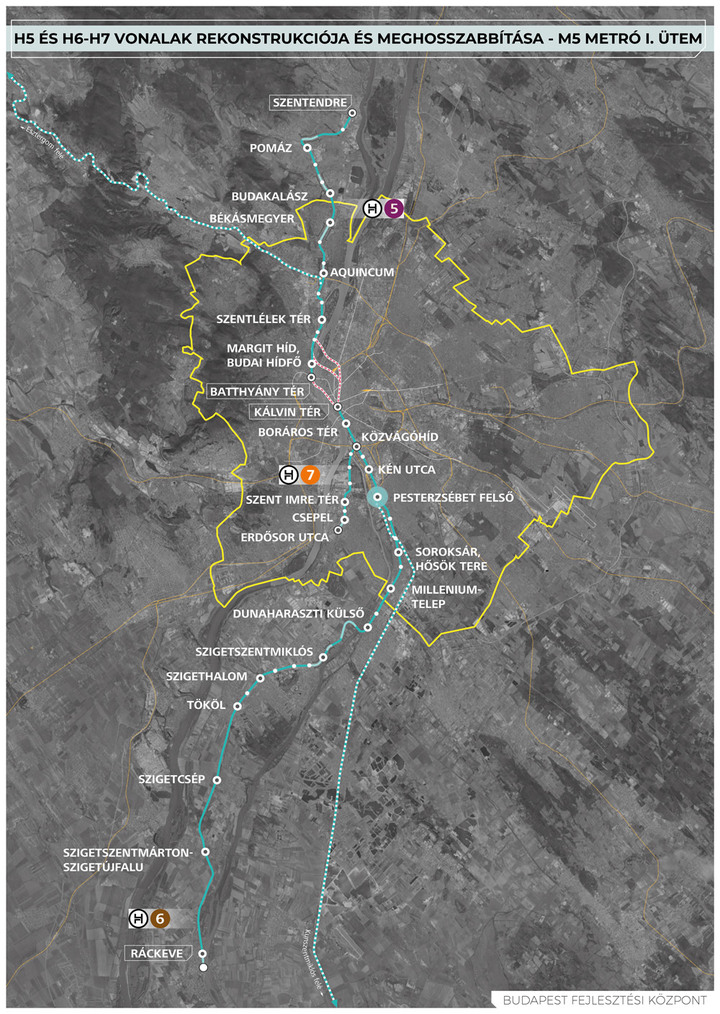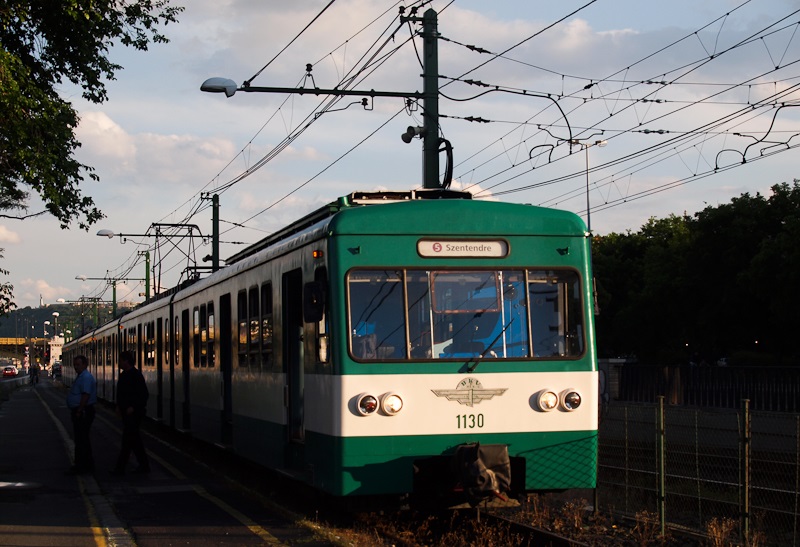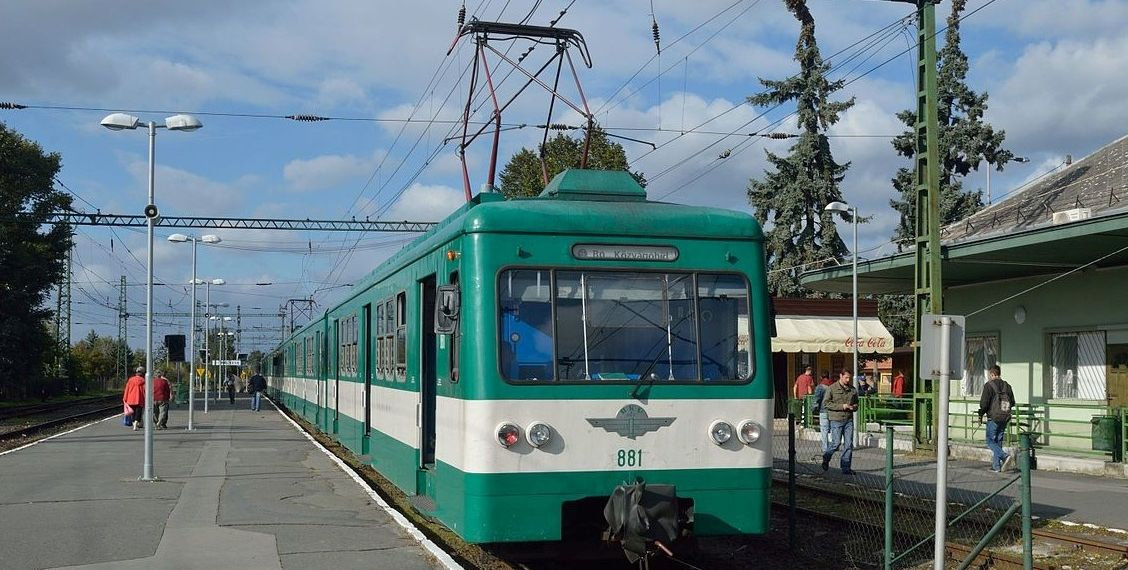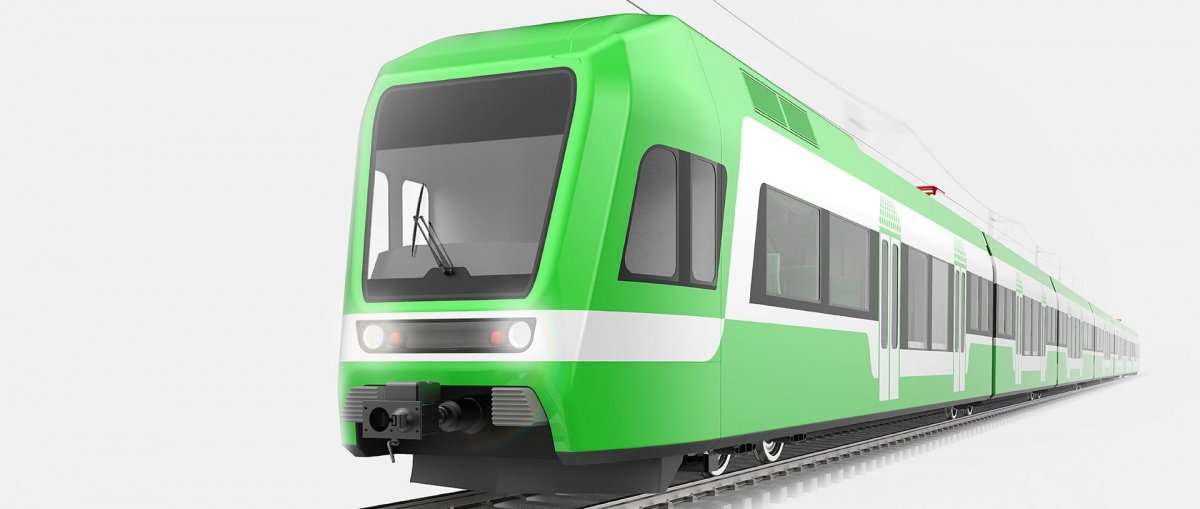The new trains will be more comfortable, better and faster: the improvement of the Csepel, Ráckeve and Szentendre suburban railway lines is one of the most pressing issues of Budapest public transport and at the same time the most important investment. Planning of the first phase has begun – announced the Budapest Fejlesztési Központ Nonprofit Zrt. (Budapest Development Centre Nonprofit – BFK) on Tuesday to the MTI.
In a statement, the centre emphasized that the development would allow trains to travel faster on the three affected lines, allowing their top speed to reach 100 kilometres per hour on some suburban sections. The tracks and stations will be renovated, and new, accessible, air-conditioned trains will be purchased.
As a result of faster and more convenient service, and the extension of the southern lines to Kálvin Square, the number of passengers on the Ráckeve line may increase more than twofold, while passenger counts will likely increase drastically on the other two lines as well – BFK explained. The announcement emphasized that the Councils of the districts and settlements along the lines are involved in the planning process.

The planned reconstruction and extension of suburban rail lines (Source: Budapest Development Centre)
The release states that BFK aims to allow everyone to reach their destination faster and more comfortably, reduce the number of traffic jams and improve air quality in the city, making Budapest cleaner and more climate-friendly. The biggest challenge in Budapest's transportation network is that one million people travel to the city centre from the suburbs and the outer districts by car every day. The solution to this problem is developing competitive public transport, P+R car parks, and the construction of missing bridges and boulevards.
The development of the suburban railways means that the government is taking another significant step in improving public transport in Budapest, said Balázs Fürjes, the Secretary of State for the Development of Budapest and its Agglomeration according to the BFK statement. The announcement confirms that the first phase of the project will see trains enter a tunnel at the Közvágóhíd station running to Kalvin Square with a stop at Boráros Square. As a result, the tracks will disappear from the riverbank allowing for the creation of a cohesive new park promenade.

The Szentendre (H5) line today (Photo: budakalasz.hu)
Modern, accessible stations and a completely renovated track from Békásmegyer to Szentendre are planned for the Szentendre (H5) line. This will allow speed restrictions to be cancelled and increase the speed of trains. The journey time of trains between Szentendre and Batthyány tér will be up to 6 minutes shorter, and services will be able to follow every 4–5 minutes. Express trains will also be added to the line, the statement adds.
The lines to Ráckeve (H6) and Csepel (H7) are also expected to be completely renovated, the stops will be accessible, and passenger information systems improved. The surroundings of stations will be cleaned up and speed restrictions lifted.
As a result, the capital's inner districts will be more easily accessible for the inhabitants of southern Pest, Csepel Island and settlements south of Budapest, offering a competitive alternative to private transport. Travel time will be reduced on the Ráckeve and Csepel lines as well. A journey from Ráckeve to Kálvin Square will take 30 minutes, and from Csepel to the square only 7 minutes – reads the release.

The Ráckeve line (Photo: Wikipedia)
BFK also notes that the on average 44-year-old trains will also be replaced. The replacements will travel at speeds of up to 100 km/h, carry 700 passengers, have space for at least 4 wheelchairs, and be suitable for transporting bicycles. Passengers will also be able to walk the full length of the spacious interiors. Two leading international vehicle manufacturers, the French Alstom and the Swiss Stadler have submitted bids for the tender announced for the procurement of 42 vehicles with an option for 12 further trains, to be operated by MÁV-HÉV Zrt.
The BFK noted that the project's technical content was developed in cooperation with the Budapest City Council at the time of the Government's decision in 201. The investment was supported by the Budapest Public Development Council in February this year.
The total non-refundable support provided for the project is 13.7 billion HUF. The investment is being carried out by the consortium of BFK and MÁV-HÉV Zrt., with funding from the European Union, and the Hungarian national budget, as part of the Széchenyi 2020 development program.
The construction plans for the outer section of the Ráckeve HÉV will be completed by the second half of 2022, and the planning of the tunnel to Kálvin Square will be completed in the first half of 2023. The feasibility study for Metro 5 and the connected cost-benefit analysis will be available by the end of 2022. The plans for the line to Szentendre will be completed by the end of 2022.
Implementation will start between 2021 and 2027, depending on the availability of EU funds. The government has decided that if sufficient EU funding is available, it intends to implement the project in the forthcoming EU development period.
Source: MTI
Cover photo: Visual render of the new Budapest suburban trains (Source: Budapest Development Center)






































Hozzászólások
Log in or register to comment!
Login Registration